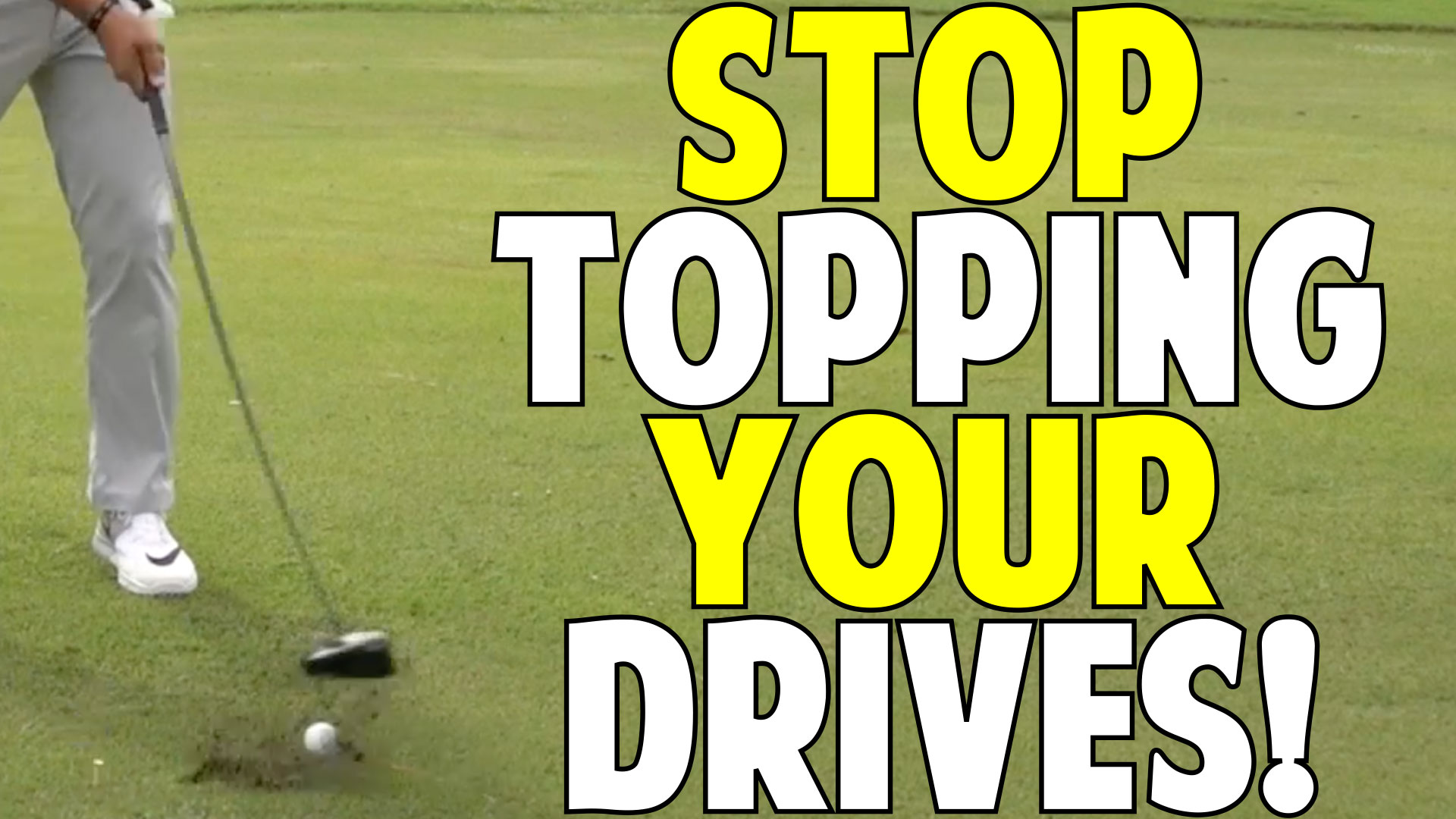
Fred Couples, Vijay Singh and others can help you improve your golf swing. These golf professionals understand the importance and benefits of proper set-up. They have many great tips to help your swing be as natural as possible. Here are some. Learn how to make the perfect golf swing. This is a good place to start!
Lessons from Vijay Singh and Fred Couples
Whether you want to improve your golf swing or improve your game in general, there are several lessons that you can learn from these two golfing giants. They both know the importance and value of practicing. Vijay Singh spent time in Borneo working as a teacher, learning how to swing and hit golf balls. After making it to the PGA Tour and the European Tour, he continued his practice. He became the longest player and best ball-striker ever, and won the Masters.
Proper setup
Learning the right setup is key to improving your golf swing. Your swing's power and efficiency will depend on how well you set it up. The most important part in a golf swing is the address position. When done correctly, this can make it easier to keep your footing on the ground for the whole game. Here are some tips to help improve your golf swing. The three most important aspects of the golf setup are listed below.

Transfer power from hands to bodies
As you make your golf swing, you will notice that power shifts from your hands to your body. This is due to the correct sequence of kinetics. When you have everything set up properly, your shoulders will be able to hit the ball at the right angle and your hips won't move in the wrong direction. The power pack assembly will then take a downward-and-outward direction. A solid grip and setup will make it easy for your body to do these things naturally.
Hinging your wrists to put power into your shot
You probably have seen golf commentators on television talk about "cracking a whip", so you are familiar with the importance of properly setting your wrists for the backswing. Your wrists can give you more power with a properly hinged shot. You can hinge your wrists to decrease the distance your clubhead covers. You want to reduce the distance your clubhead covers without compromising your swing speed?
Reversely tilt your left heel.
The ball position might vary between your stance and the left foot in the backswing. While many golfers will keep the left side of their heel centered in the pivot movement, others may tilt their heel to the right. Better results can be achieved by golfers who place the left heel closer to the center of the backswing. More information is available below. During the pivot movement, it is important to keep your head centered.
Allowing your head to tilt slightly in the backswing
Many golfers don't realize that tilting their head slightly in the backswing can dramatically improve their golf swing. This movement is at the joint of the first and second cervical vertebras, also known as the atlas or axis. While it is possible to view the head as rotating, this doesn't mean that the cervical spine rotates. Stuart Appleby's left-lateral position causes significant spinal tilt.

Getting a good grip
Good grip is key to your golf swing. It will improve your shot, reduce your slice and help you play more consistently. Poor club alignment and improper gripping are two of the most common errors made by golfers when using a club. The following are some tips for correct gripping. You will see a significant improvement in your game if you follow these tips. You should also remember that bad habits can't be cured.
FAQ
How much does a round of golf cost?
Prices for each person can be anywhere from $15 to $30 This includes greens fees and cart rental.
When is the best time to play golf in the year?
The ideal time to play golf is between May and September. It is generally warm and dry during this time.
Winter can be extremely cold. In addition, snowfall makes it difficult to walk the fairways.
In spring and fall, the grass gets too high, making the flagstick difficult to see.
What's the difference in a driving range and an 18-hole putting green?
A driving range is a place where players can practice hitting the balls from 50 yards up to 300 yards. Players can practice their putting skills on putting greens.
What is a bogey, you ask?
A bogey can be described as an imaginary number that is used by golfers to set a goal. It is not part of the game. Instead, it serves as a scoring system. The hole is won if the player shoots closest the number.
Jock Hutchison (the first professional golfer from Scotland) invented the idea of a Bogey. The idea was born out of his playing at home.
He wanted to keep track of how he was doing against himself, so he wrote down a number on a piece of paper and stuck it to the wall above his bed. This was known as the "Hutchy Bogey."
Statistics
- He shanked the first attempt, but it is estimated his second went more than 200 yards (180 m).[52]Golf courses worldwide. Below are the top 20 countries with the most golf courses as of 2019.[53]CountryNumber of (en.wikipedia.org)
- Professional golfers typically make between 60% and 70% of greens in regulation. (en.wikipedia.org)
- In the United States, women made up 25 percent of golfers in 2021, which was up from 19 percent in 2011, and junior female golfers account for 35 percent or 1.1 million golfers.[50] (en.wikipedia.org)
- Professional golfers typically make between 60% and 70% of greens in regulation. (en.wikipedia.org)
External Links
How To
How To Hit A Perfect Bunker Shot
A bunkershot is a type if golf shot where you aim your ball at a specific spot (the hole) in order to ensure that the ball doesn't bounce off of the surface. This is accomplished by taking advantage on the slope of green. The goal is to guide the ball towards the hole in the shortest path.
Golf is all about finding the best line to get to your goal point. It is important to consider factors like distance to the target, terrain type, whether the ball has to bounce off of the ground or fly straight and weather conditions.
To achieve a perfect bunker shot, you must first understand its physics. First, you should determine if you are going uphill or downhill. If you're facing uphill, you'll need to use a drawing club. If you are looking downhill, swing with a fade. Next, figure out how fast your body must move in order to prevent the ball from hitting the green. This can be done using the angle between you and the ball. The final step is to measure the size of your bunker.
Once you've got these things figured out, it's time to start swinging. The ball should travel as far as possible past the clubhead, while you must swing slowly enough to keep it from hitting the green. Once you have established the correct speed and trajectory for your shot, you can then begin to plan your approach. Slowly approach the ball, until you can clearly see the landing zone. Before you release the ball, take a final look at it. If all goes according to plan you will have a flawless bunker shot.